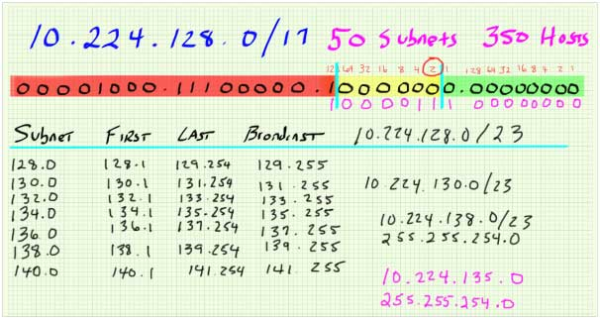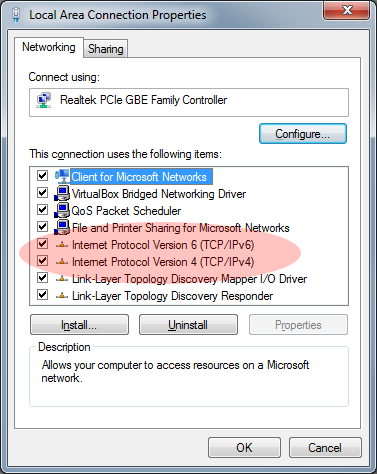Kelson Lawrence
Recent Posts
3. Microsoft Exams’ Inner Mechanics
Oct 22, 2014 10:11:00 AM / by Kelson Lawrence posted in pirates, braindumps, microsoft certifications, cheating, punishment, policies, how to become a microsoft certified professional
Using Debug to Rid Your Network Configuration of Pests
Oct 7, 2014 8:38:00 AM / by Kelson Lawrence posted in debug command, passive-interface, debug eigrp packets hello, show cdp neighbors
By James Hanback
Like many other people who live in houses, I have a contract with a pest control company. Now and then, someone arrives at my door wearing a crisp uniform and carrying a giant canister full of some kind of magical chemical concoction. This pest controller uses a long wand that is attached to the canister to conjure up a magic invisible shield that prevents six- or eight- or hundred-legged creatures from invading my space. I know the pest control service is working and worth it when I am not confronted by any tiny crawling, flying, or undulating critters. Thus the debugger who visits my house every now and again does so because I don’t want to see any evidence of bugs in my living space.
EIGRP Named Mode
Oct 1, 2014 9:11:00 AM / by Kelson Lawrence posted in Autonomous System mode, EIGRP Named Mode
By Thomas
You’re studying your Cisco technologies, preparing to run the gauntlet of certification exams that stand between you and certification. You’re feeling pretty confident in your understanding of the requisite technologies and how they work. You’re particularly confident in your grasp of Cisco’s Enhanced Interior Gateway Routing Protocol (EIGRP), but then somebody mentions something called EIGRP named mode configuration, or possibly even Named EIGRP, and suddenly you’re all like ZOINKS!?!?
NetSim 10 Released | Updated for CCNPv5
Sep 26, 2014 10:39:00 AM / by Kelson Lawrence posted in NetSim, CCNP Network Simulator
By Andrew Messier
NetSim 10.0 is now available! This is a major update and the first of many to bring NetSim up to CCNPv5.
Class B Subnetting
Sep 10, 2014 9:31:00 AM / by Kelson Lawrence posted in Class B Subnetting, hosts, subnets
By John Oden
In our video series entitled Subnetting Demystified, I have attempted to create a learning resource that provides a good overview of Internet Protocol version 4 (IPv4), focusing on topics that are important to those of you who are preparing for certification exams. In the first few video presentations, we discuss some historical aspects of IPv4 and compare that to where we are today.
Time to Fly: IPv6 Demystified Part IV
Jul 16, 2014 10:27:00 AM / by Kelson Lawrence posted in dual stacks, DHCPv6, ipv6 unicast-routing, tunneling, IPv6, direct route
By James Hanback
Now that you know what an IP version 6 (IPv6) address is, how to identify the types of IPv6 addresses, and how to subnet a block of IPv6 addresses, it’s finally time to configure IPv6 on a network. Perhaps your boss has finally shown some interest and asked you what that whole World IPv6 Launch anniversary you mentioned was all about. Perhaps you’ve simply decided that it’s time to put into practice the topics you’ve been studying in pursuit of your certification. However it happened, you’re ready to implement IPv6 on your network.
MS Windows 7 Tips and Tricks | 2.8.5. EFS – Part 3
Jun 27, 2014 9:13:00 AM / by Kelson Lawrence posted in 2.8.5. EFS – Part 3, GPO, DRA, Default Domain Policy Group, Policy object
2.8.5. EFS – Part 3
By Val Bakh
Previously, in Parts 1 and 2 of the blog series about Encrypting File System (EFS), we introduced the main concepts and described how EFS encrypts and decrypts files, how you can share those files with your trusted colleagues, and how a data recovery agent (DRA) can recover your files if something happens to you or to your private key. In this final installment of the series about EFS, we’ll look at several typical scenarios.
Take It on the Run: IPv6 Demystified Part III
Jun 25, 2014 8:52:00 AM / by Kelson Lawrence posted in addresses, subnetting, hexidecimal values, IPv6
By James Hanback
As a sensible person, you probably wouldn’t run a 5K, even for charitable purposes, without first performing some type of physical conditioning to ensure that you’ll actually cross that finish line. Whether you’re a professional who just needs to warm up and appropriately hydrate before the race or a newbie who gets out of breath just walking to your car, you’ll most likely prepare yourself with the right equipment and an adequate amount of training before you take on that public run.
Riding the Storm Out: IPv6 Demystified Part II
Jun 18, 2014 9:29:00 AM / by Kelson Lawrence posted in Local Unicast, Anycast, IPv6 Triple Point Address Space, Multicast
By James Hanback
The skies overhead are calm and blue. The birds are singing. The world seems to have clicked into place. You now know what an IP version 6 (IPv6) address is and how to format it. No one outside of a certification exam has quizzed you on the particulars of the IPv6 standard, and your boss doesn’t even know how to connect to the Wi-Fi, so it’s time to kick back and bask in the glow of your soon-to-be-certified skills because you know everything you need to know about IPv6.
Roll with the Changes: IPv6 Demystified Part I
Jun 11, 2014 8:25:00 AM / by Kelson Lawrence posted in IPv6, compare IPv4 and IPv6, shorthand, IPv6 addressing, IPv6 addressing shorthand, composition, compare IPv4 to IPv6
By James Hanback
There might come a time in your career when the fundamental networking tasks you are now able to perform in your sleep, like subnetting an IP version 4 (IPv4) network, fall into obsolescence. Sure, you were warned. We all were. Although IPv4 addressing is far too ubiquitous to go anywhere anytime soon, and the deployment of IP version 6 (IPv6) has been slow, to say the least, more widespread deployment of IPv6 is coming. Therefore, the ability to understand and implement IPv6 addressing has become a topic contemporaneous on network certification exams, such as the Cisco Certified Network Associate (CCNA) exam, with the ability to understand and implement IPv4 addressing.







